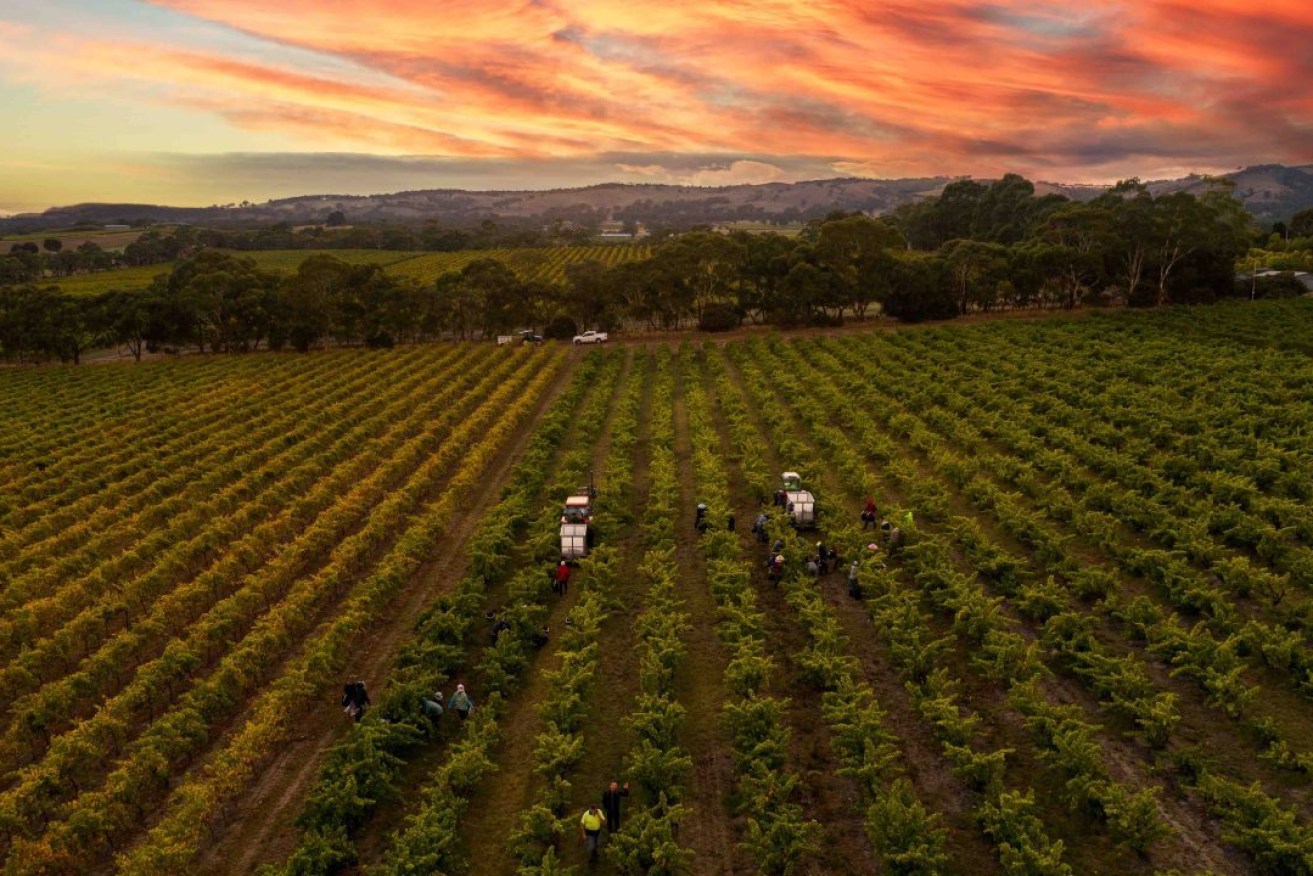SA keeps top spot for wine production but climate hampers crush
The Australian winegrape crush was the lowest since 2000 due to La Niña conditions, quotas and fewer vineyards.


The total value of South Australia's wine crush was approximately $511 million.
South Australia is still the largest contributor to the national grape crush according to Wine Australia’s latest National Vintage Report, making up 55 per cent of the total.
However, “very challenging and seasonal conditions in most regions” meant the national crush was hampered significantly, down 24 per cent below 2022 numbers and the lowest since 2000 at 1.32 million tonnes.
Vintners in SA produced approximately 730,019 tonnes of wine grapes – similar to the 2020 crush but the equal smallest since 2007. It is also 17 per cent below the state’s 10-year average of 877,202 tonnes.
Wine Australia noted that despite the lower levels, the state actually increased its share of the national crush by 4 percentage points as the hit to local production was less pronounced than it was in other states.
New South Wales was the second largest contributor to the national total with an estimated 355,083 tonnes – down 28 per cent on last year – and was followed by Victoria at 173,959 tonnes; a 40 per cent slump for the state.
Western Australia’s crush was 24 per cent up on its 10-year average to 45,710 tonnes, bucking the trend of its eastern counterparts.
In total, the estimated value of the 2023 crush was $983 million – a decrease of 19 per cent compared to 2022.
Wine Australia attributed the decline in grape production to weather conditions during 2023 which it labelled as “the most difficult and challenging in at least the past 20 years”.
“A third La Niña event produced the wettest year since 2011 and the ninth wettest on record since 1900 for Australia in 2022, with rainfall totals 26 per cent above the 1961-1990 average,” the National Vintage Report 2023 said.
“Persistent rainfall led to major flooding in some regions, particularly the Riverland in South Australia and regions along the Goulburn River in Victoria. While not many vineyards were actually flooded, secondary effects including loss of power and inability to access water-logged vineyards for essential spraying had a wider impact.
“Continuing rain, staff shortages and lack of supply of spray chemicals exacerbated difficulties in managing disease. Some growers resorted to aerial spraying, incurring substantial additional costs.”
The report noted that the total harvest was also impacted by yield caps being imposed because of inventory pressures, uncontracted grapes not being sold and/or vineyards being taken out of production and reducing the size of the crush in turn.
“It is impossible to determine what share of the overall reduction (compared with an average vintage) can be attributed to this as opposed to the seasonal conditions; however, the fact that white grapes (which are in higher demand) were reduced by a similar percentage to reds, and that the crush of winery-grown grapes decreased by more in percentage terms than the crush of purchased grapes, suggests that seasonal effects were the main contributor,” the report said.




